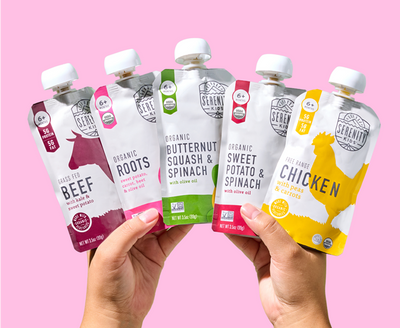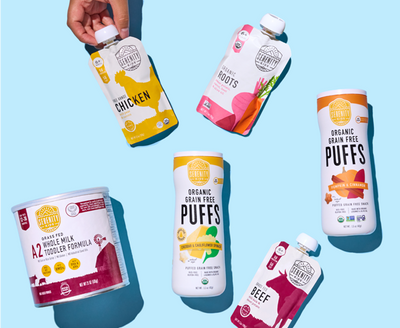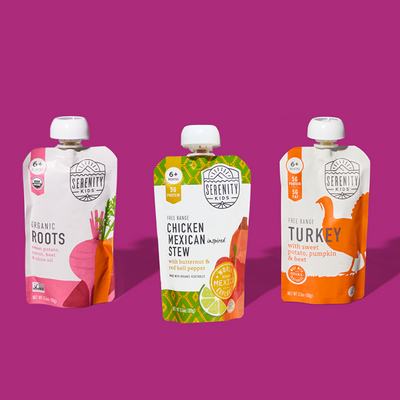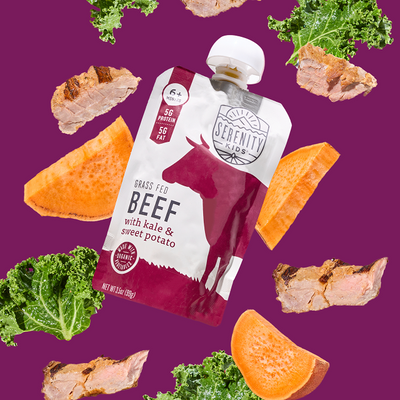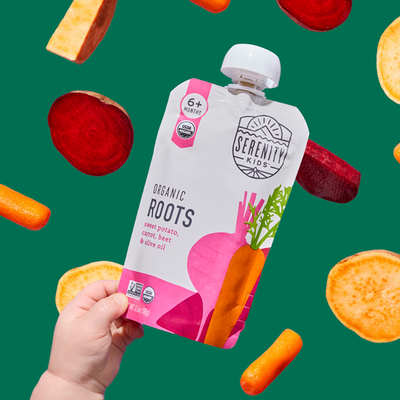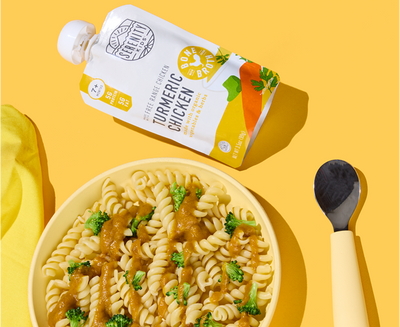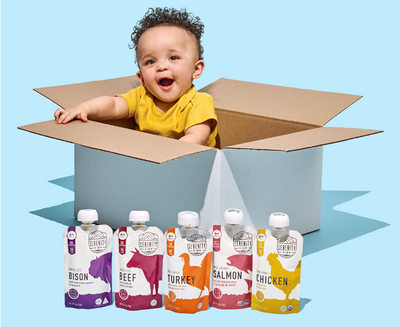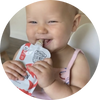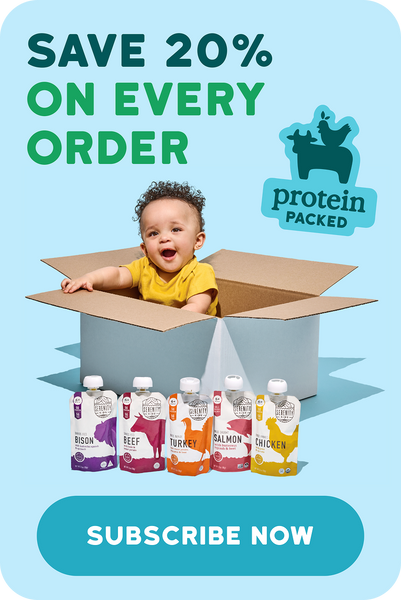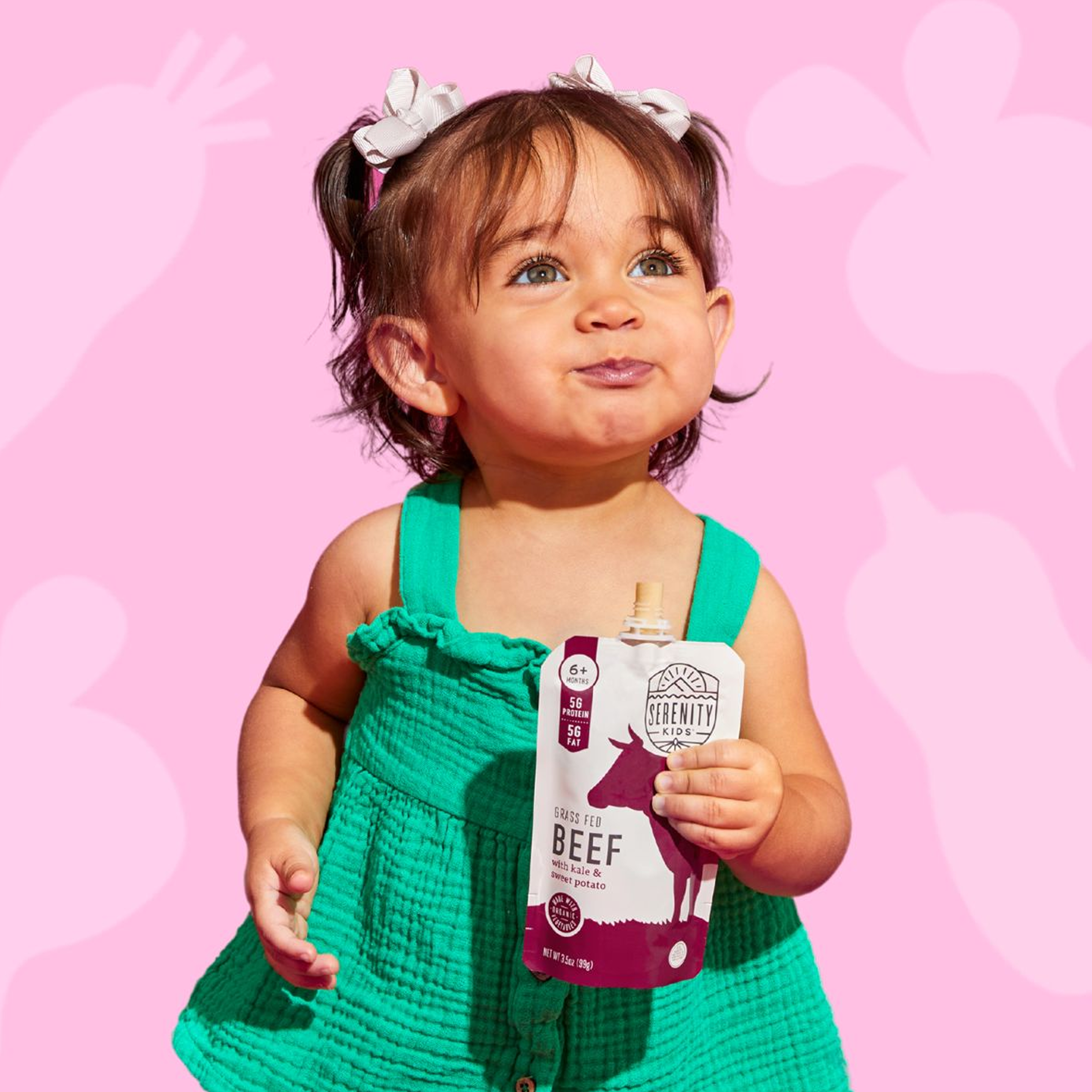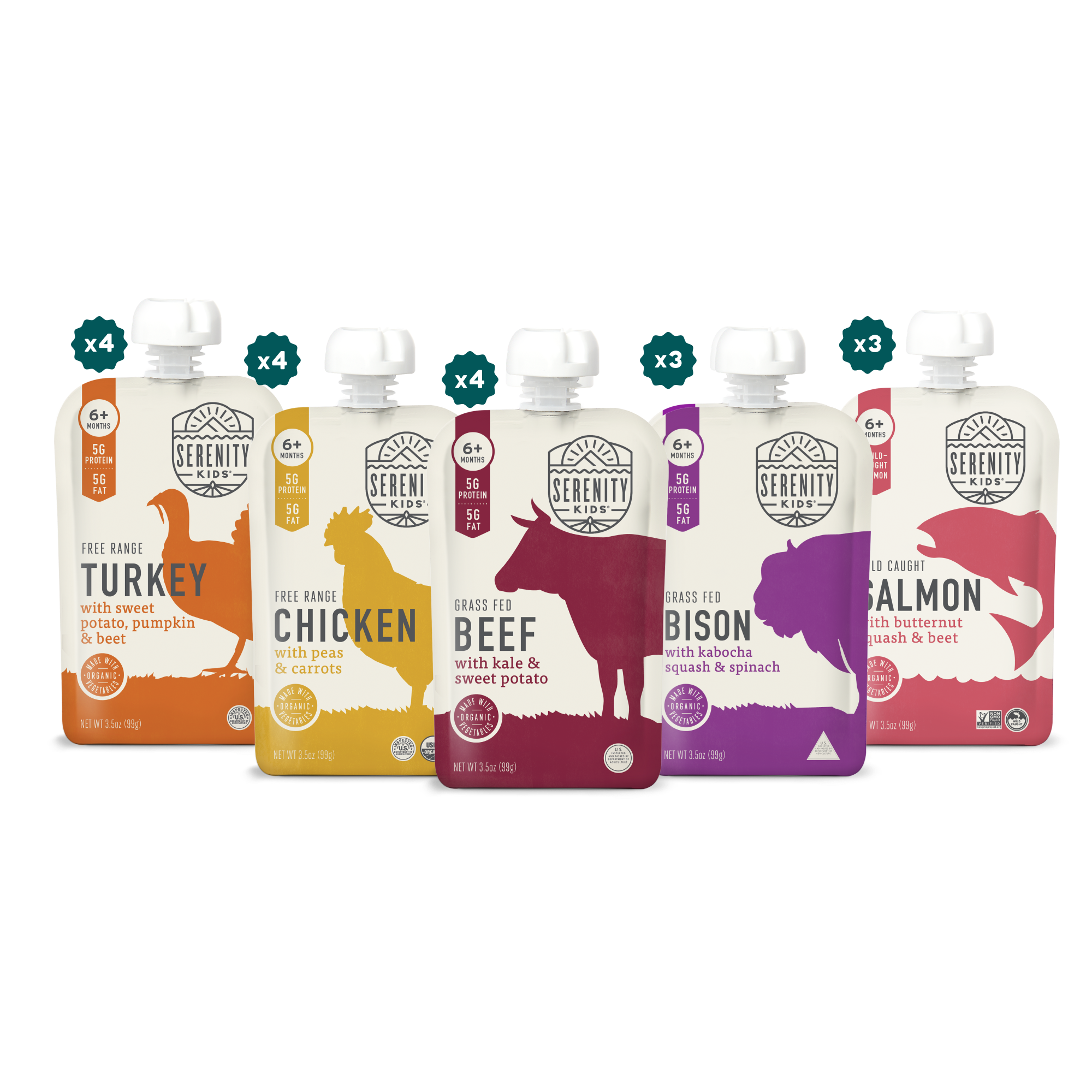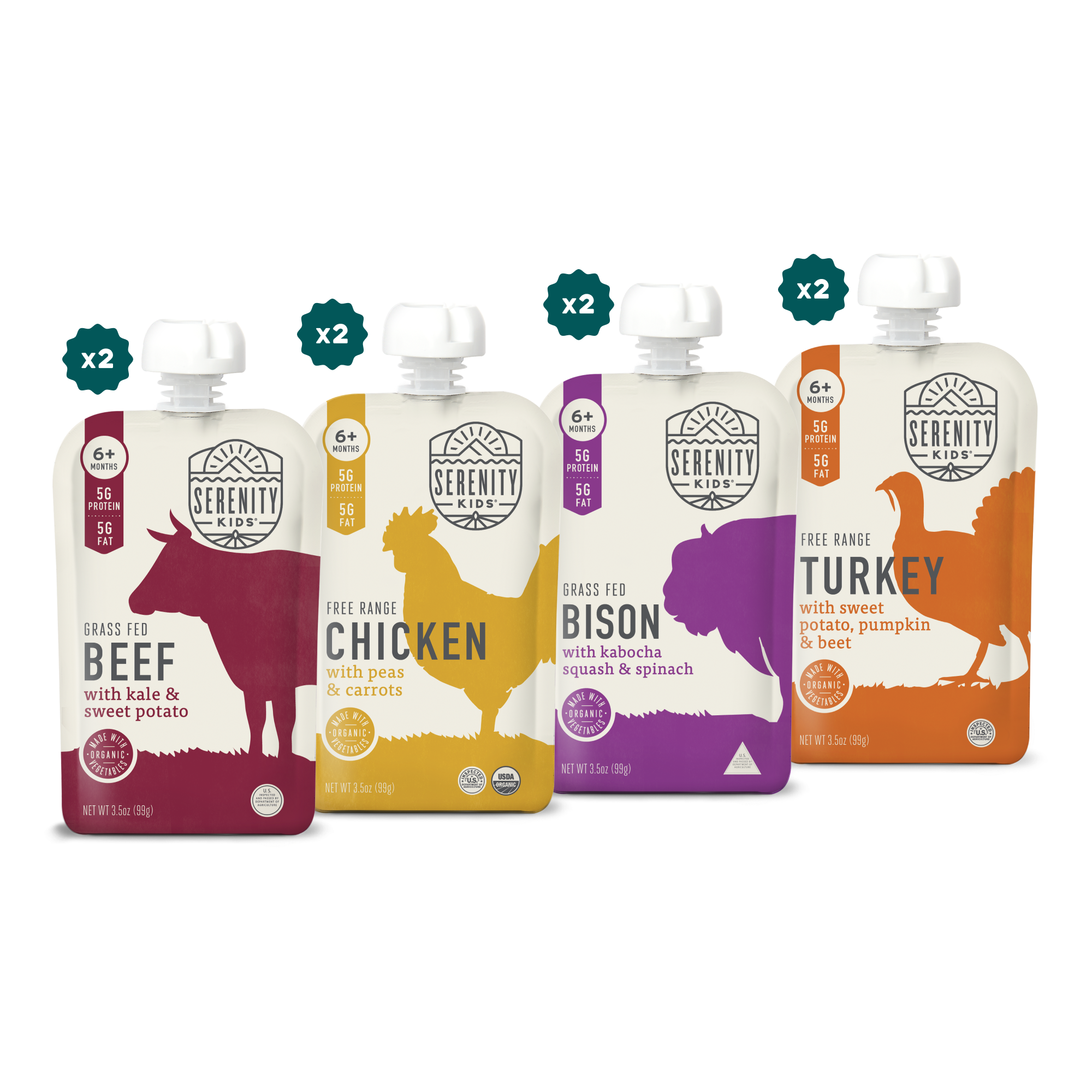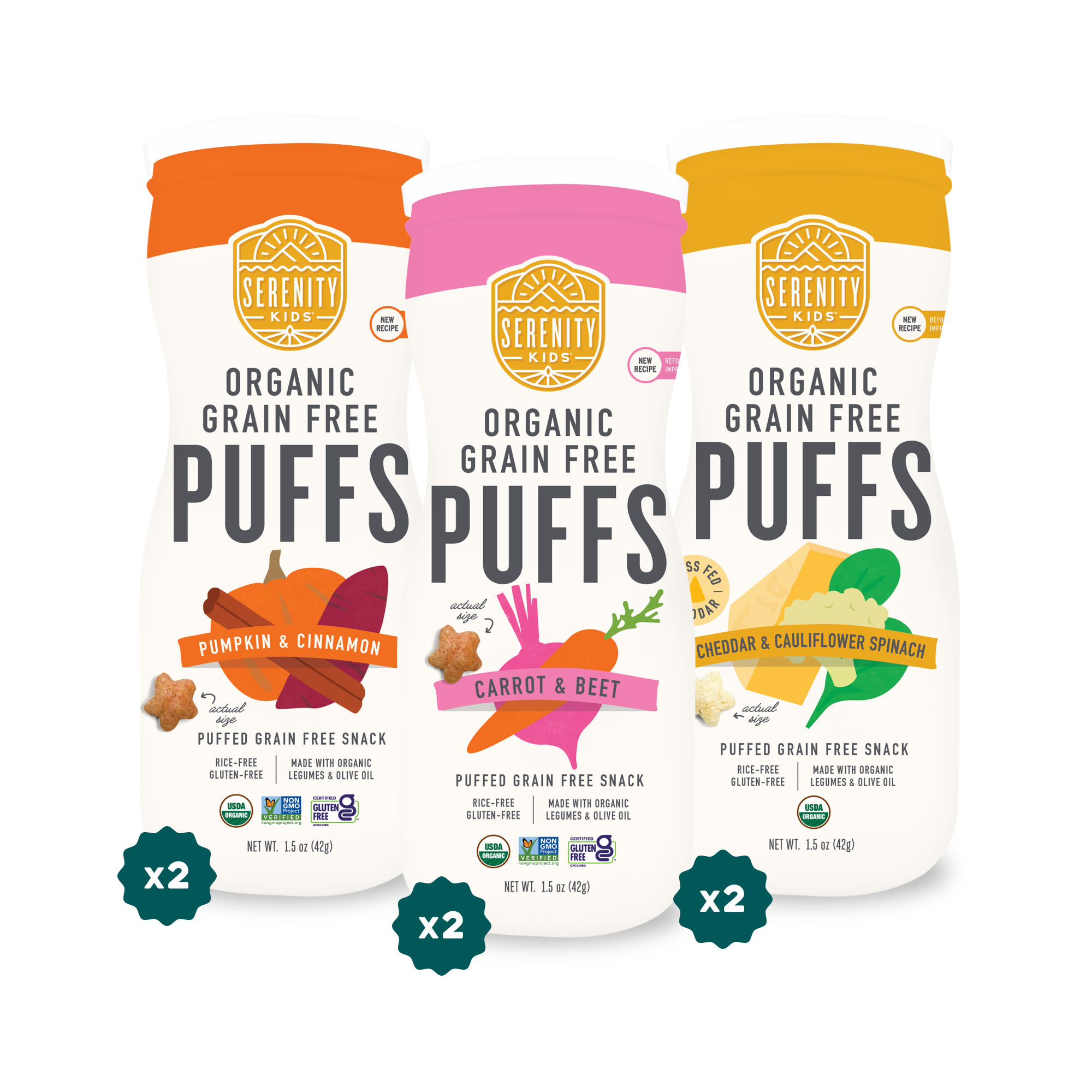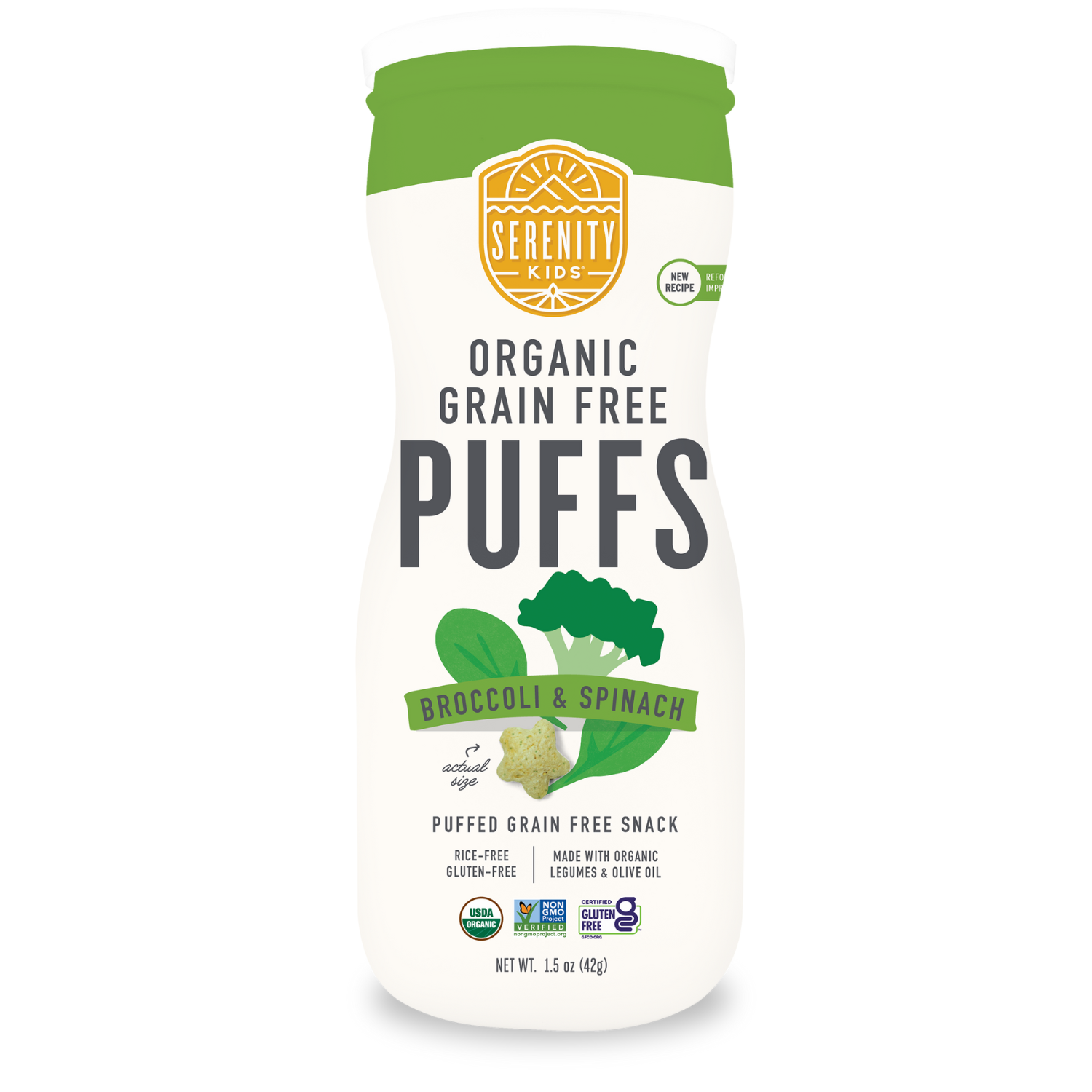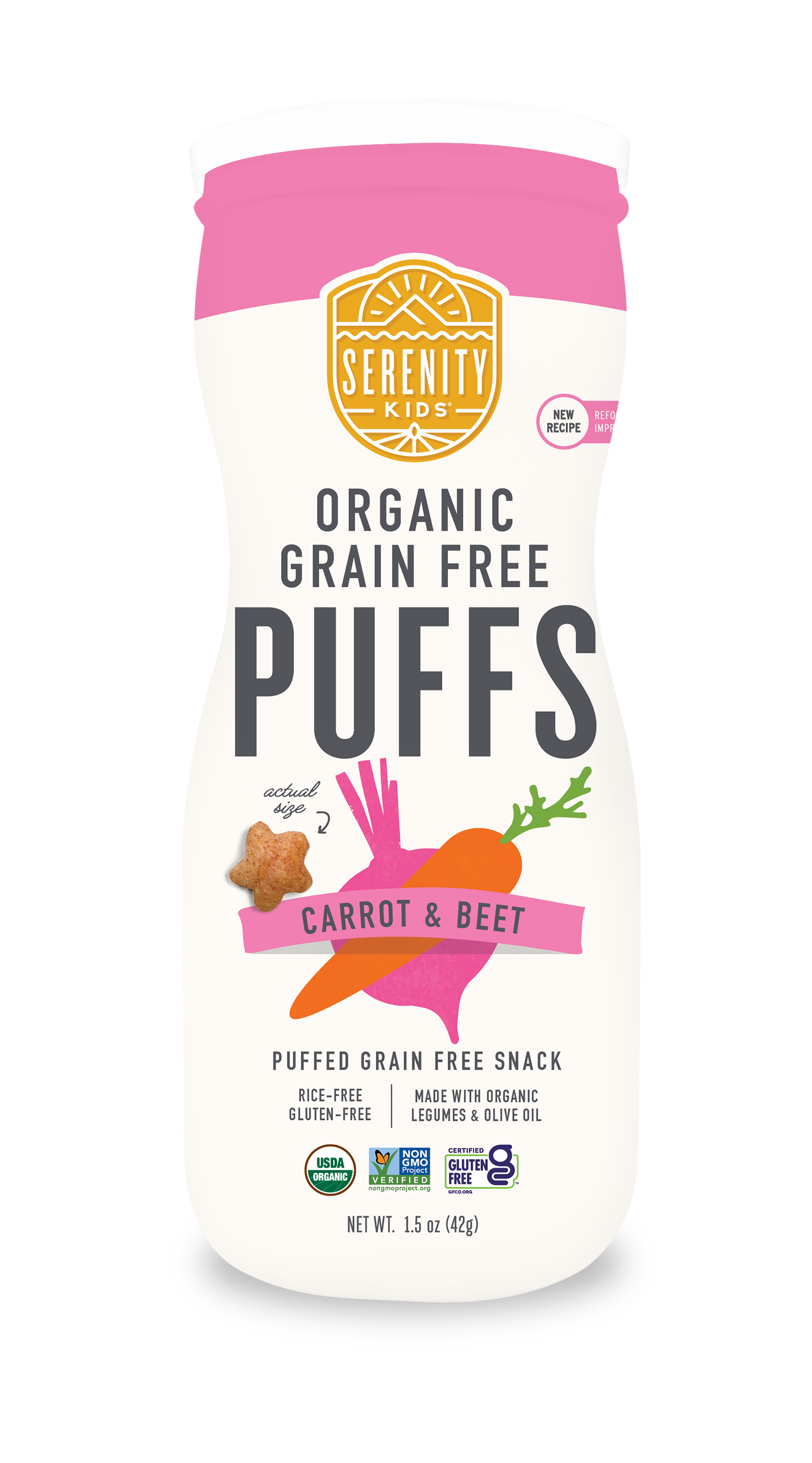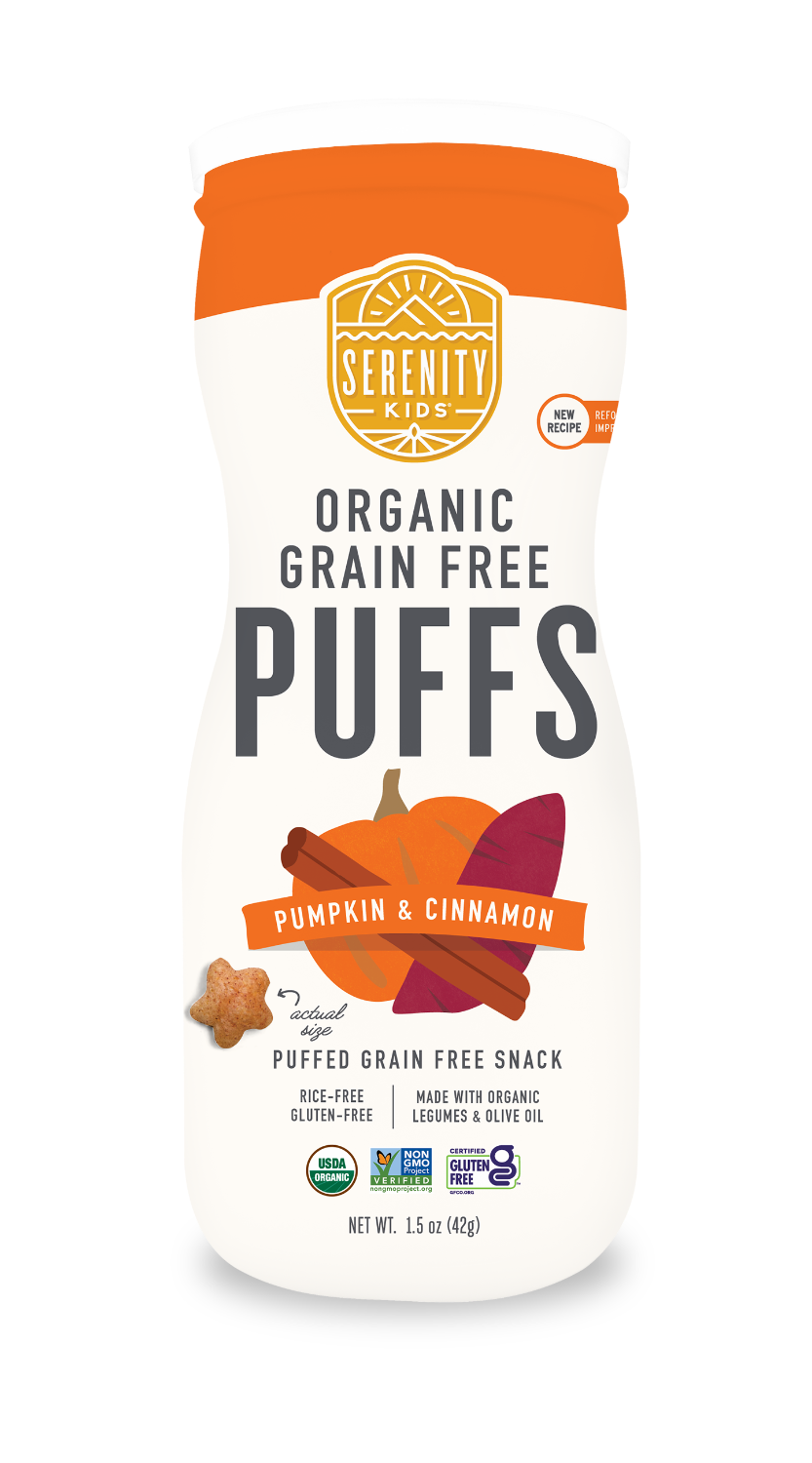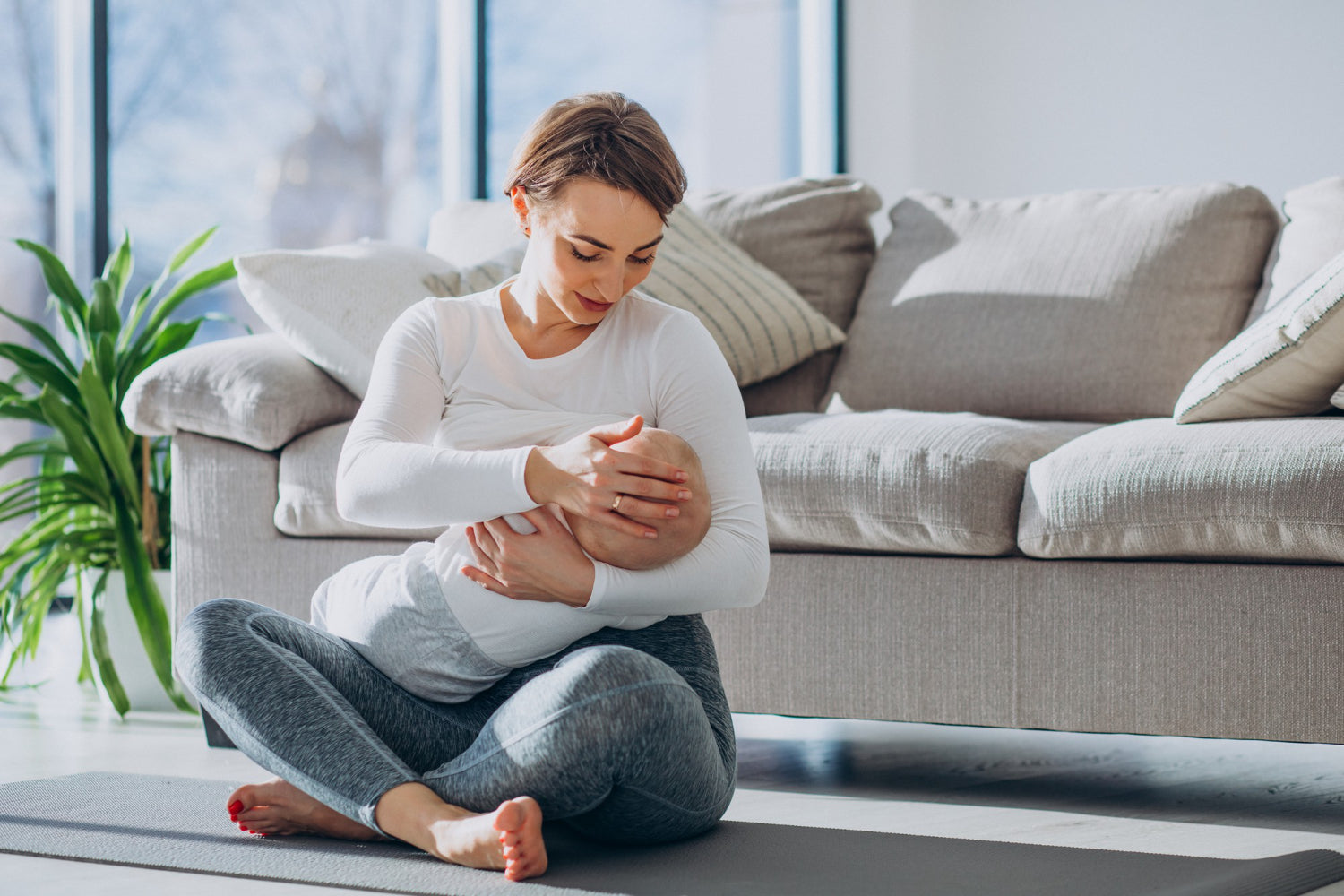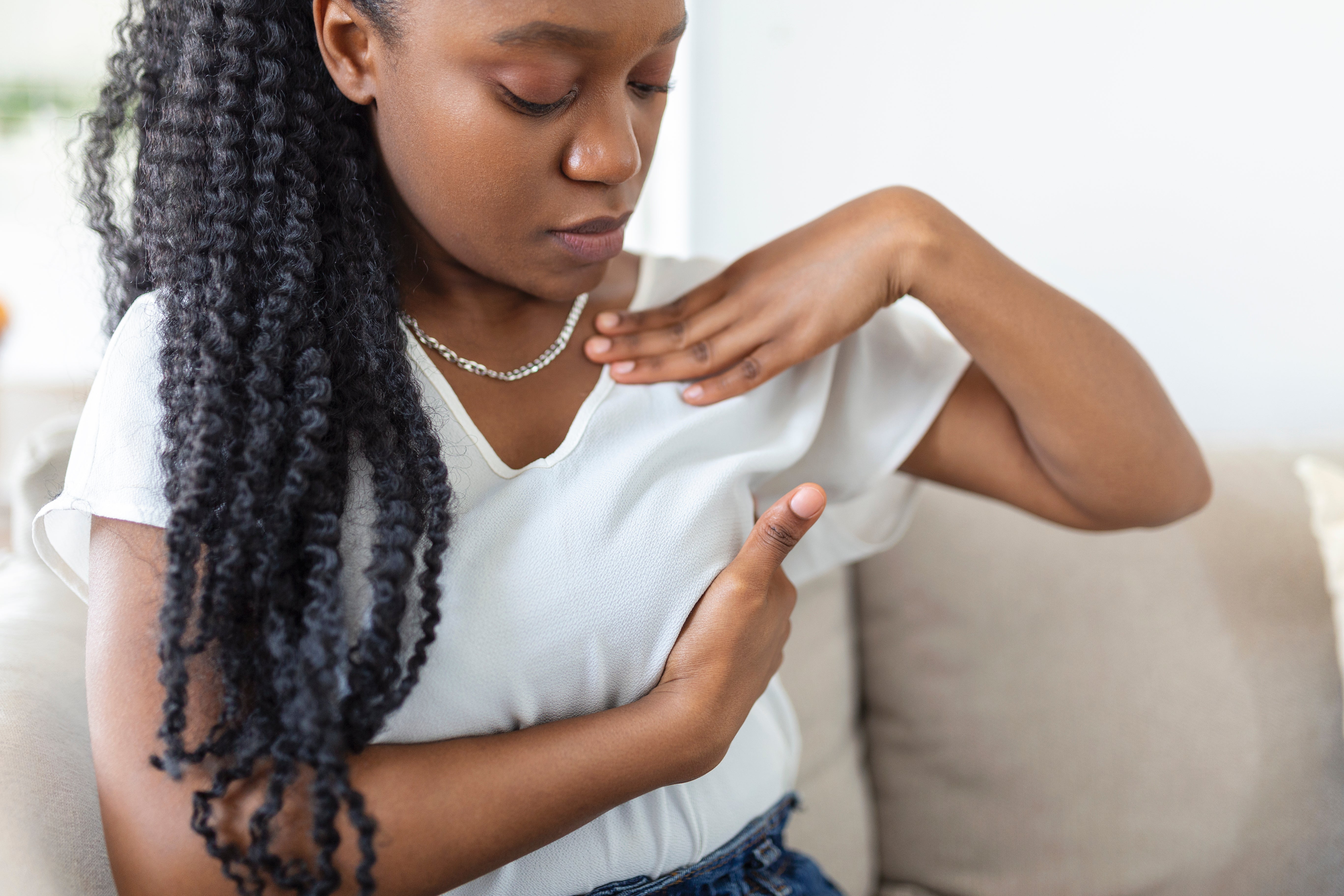Della recently went through a “Meat Strike”. And since we strongly believe that high-quality meat is an important part of a child’s diet, we really wanted to learn more about why this was happening and what we could do to help her get the protein and important nutrients that she needs.
When we started doing some research, we learned that toddlers are learning how to assert their independence and they are also starting to form opinions on different tastes and textures. We were comforted to learn that this is a normal phase and it is only temporary. Whew. But still, it can be frustrating when a toddler refuses or is reluctant to eat meat.
So, we wanted to share some of the reasons why some toddlers shy away from much meat, some tips to get through a meat strike, and of course, why meat is so beneficial for kids (in other words, why it is worth persisting through this phase!).
Why Toddlers Thrive on Protein-Rich Meat
Before we get into the tips, let's set the stage for why this matters - because meat is an incredibly nutrient-rich food for toddlers!
1. Protein powerhouse
Many consider protein to be the most important macronutrient, and meat is the best source. Meat is mostly protein, rich in amino acids in their most bioavailable form. Amino acids are the crucial building blocks for muscles and bones.
2. Essential fatty acids
Meat and animal products are the best sources of essential fatty acids, especially saturated fats, which play a key role in vitamin absorption and the development of your toddler's brain and eyes.
3. Iron-rich
Meat is one of the best sources of iron and one of the only sources of super bioavailable heme iron. Iron is a key component in aiding red blood cell production.
4. Zinc-rich
Meat is also rich in zinc, which is important for a healthy immune system and healthy skin.
5. Vitamin B12
Meat is rich in many B vitamins, but vitamin B12 in particular is crucial for the proper functioning of the nervous system. Vitamin B12 is only found naturally in animal products. Some other foods like processed cereals and bread are fortified with synthetic B vitamins.
What Could Happen When A Toddler Misses Out on Eating Meat Regularly?
Meat is packed with nutrients that toddlers need for growth and development. While some of these nutrients are found in plant foods, they are often not as dense in nutrients and are also in forms that are less bioavailable. For example, iron is found abundantly in animal products as heme iron, a form of iron that is highly usable by the body. Iron is also found in green leafy vegetables like spinach, but it is in the non-heme form of iron, which is less bioavailable.
Therefore, if a toddler doesn't eat meat, they have a higher likelihood to face nutrient deficiencies. Specifically, meat provides a great source of protein, fat, iron, zinc, and vitamin B12.
1. Protein deficiency
A protein deficiency can lead to muscle weakness, poor growth, and delayed development. However, getting enough protein isn’t the only important reason to include meat in your child’s diet, it is also full of vitamins and minerals that pack a nutritional punch!
2. Fat deficiency
Fat is crucial for brain health, immune function, hormone production, vitamin absorption, and more. There are lots of good sources of healthy fats (like avocado, coconut, olive, nuts, and seeds) but meat comes packaged with a great portion of fat as well.
3. Iron deficiency
Iron is crucial for maintaining healthy red blood cells, and a deficiency can result in anemia or poor cognitive development. Plant foods contain some iron but in a less bioavailable form. Eating foods rich in vitamin C alongside iron-rich foods can help increase iron absorption. Those who face iron deficiency may need to consider an iron supplement. However, many iron supplements can be tough on digestion and can cause constipation.
4. Zinc deficiency
A lack of zinc can compromise your toddler's immune system and growth.
5. Vitamin B12 deficiency
Low levels of vitamin B12 can lead to anemia, fatigue, and neurological issues.
Is Your Toddler Getting Enough Protein?
So how much protein do toddlers need? Just like adults, the protein needs of toddlers can vary by age, size, activity level, and more. The Dietary Reference Intake (DRI) suggests that 1- to 3-year-olds should get at least 13 grams a day and 4- to 8-year-olds should get at least 19 grams a day. But ultimately, there are no known risks of giving too much protein, and since it is the most important macronutrient better to give more than less. It’s ideal to spread out their protein consumption throughout the day rather than serving it all in one sitting. And of course, always consult with a trusted healthcare provider for recommendations that meet your child’s unique needs. Here are some tips to help you determine if your toddler is getting enough protein.
1. Observe what they eat
We certainly don't mean to obsess over every bite, but if this is a concern for you, try to identify your child's protein source at each meal. Ideally, those sources would vary a bit. Because while overall protein quantity matters, so does protein quality. Your child could meet their protein needs with 16 oz. of milk each day, but if milk is their only protein source, they might be missing out on important micronutrients found in meat like iron, zinc, and vitamin B12.
2. Watch their growth
You're probably used to swapping out your toddler's clothes pretty frequently, but if you start to notice that your little one isn't growing as you'd expect, it might be worth checking with your healthcare practitioner. They'll monitor this at well visits too!
3. Notice their energy levels
Parents know their kids best, so you'll likely see when your little one starts to have a pattern of acting a little sluggish. This could be a sign of a deficiency in iron or another important nutrient.
Tips for offering when your toddler won't eat meat
So how do you get through this phase and keep your cool? Here are some of our favorite tips.
1. Start small
Big portions can be overwhelming. Offer small amounts of meat alongside familiar favorite foods.
2. Make it fun
Mix up the meal experience with different utensils and different dips. You can get fun kid-friendly toothpicks to poke into small pieces of meat and serve it alongside a familiar dip, like ketchup (we like Primal Kitchen), hummus, guacamole, or ranch dressing. These vehicle picks are great for "driving" into dips!
3. Be patient
It's hard, but patience pays off. Your toddler can sense stress and urgency, and they may feel pressure from you if you aren't patient. Keep offering. Give it time!
4. Keep offering
Don't give up after one time or even a few times. Studies have shown that repeated exposure to new foods is needed. A study published in the Annals of Nutrition and Medicine titled “Flavor Perception and Preference Development in Human Infants” reviewed multiple studies on the topic and observed that 8-10 exposures to the taste of a new or novel food were needed in order to increase acceptance of it. Another study on the early influences of food preferences suggests a more broad range of 6-15 exposures. The same concept applies to re-exposing your toddler to food.
5. Experiment with flavors and textures
Maybe your toddler isn't up for chicken breast, but they'll eat ground chicken with some taco seasoning and cheese. Or maybe they'll eat ground beef when served as a meatball in sauce or cubed in soup. Experiment with different flavors and textures - after all, you probably have your own preferences too!
7 Great Meats for Kids
There are so many different kinds of meat to try with your kids. While the quality of the meat matters, any meat is better than no meat! When possible, we choose organic, grass-fed beef, pasture-raised poultry, and wild-caught fish, but if not available, conventional meats still have a ton of great nutrition.
1. Chicken
Chicken is a great source of protein and important amino acids, chicken is also rich in selenium and B vitamins, which support thyroid and brain health, immunity, and energy production. While many of us tend toward chicken breast, chicken thighs or ground chicken are often higher in good fat and are a better texture for little ones to chew. We also love to make these baked chicken nuggets. And of course, our Free-Range Chicken, Chicken and Thyme, and Turmeric Chicken pouches are picky eater favorites.
2. Turkey
Turkey is a great source of protein and important amino acids, turkey is also rich in zinc and B vitamins, which support immunity, brain health, and energy production. Turkey breast can be a tough texture for little ones, so try sliced turkey meat, or ground turkey to mix things up (these Pizza Meatloaf Muffins are a toddler favorite!)
3. Beef
Beef is a great source of protein and important amino acids, beef is also rich in iron, zinc, selenium, and B vitamins, which support immunity, brain health, thyroid health, and energy production. Your little one can get beef from steaks, burgers, meatballs, tacos, soups, in pasta sauce, and of course, in our Grass-Fed Beef, Beef and Ginger, and Beef Pot Roast pouches!
4. Salmon
Salmon is rich in healthy fats, omega-3 fatty acids DHA and EPA, vitamin B12, and selenium to support brain and thyroid health. If your little one refuses a salmon filet, try salmon patties or our Wild-Caught Salmon Pouch!
5. Liver
Liver is a superfood! It is rich in B vitamins, zinc, iron, choline, and vitamin A. We love the liverwurst from US wellness meats (you can use it in a quesadilla with cheese or on some grain-free crackers!) and the ancestral blends from Force of Nature. You can also blend it with some bone broth to make this recipe.
6 Alternative Ways to Get Meat into Your Toddler
1. Serenity Kids Meat Pouches
Obviously, this is number one for us since we make them! As she grew, our daughter Della became more resistant to the meat pouches and is preferring the veggie ones right now, but she will still eat Grass-Fed Beef and Turkey Bolognese, so we keep those in large supply and limit the supply of the veggies ones. So if she wants a pouch and we’re out of veggies, her only option is one of her favorite meat pouches. Most of the time she’ll opt for the meat over no pouch at all. Thus getting a nice 5g protein and 5g fat.
2. Grass Fed Beef Collagen Powder
Packed with protein and light in flavor, this supplement is an easy way we sneak protein into her milk or hot cocoa. We started a morning hot cocoa ritual (so she’d stop trying to drink our coffee), which includes a half scoop of Fat Fuel cocoa mix, a half scoop of collagen powder, and 8 oz of warm water. Sometimes I add in some vitamin D drops, probiotics, or L-glutamine also for added supplementation. She loves it and has no idea that there’s quality animal protein in there! This recipe contains 11g protein and 10g fat.
3. Protein Pancakes
Della LOVES pancakes (and all carbs), so we mix Birch Benders Paleo Pancake mix with a scoop of Be Well By Kelly’s Chocolate Grass Fed Beef Protein Isolate powder (collagen also works) and then slather them with grass-fed butter. We also sometimes add a Serenity Kids Roots pouch for added veggies, meat pouches work also if you use unflavored protein powder instead of chocolate. She gets to chow down on chocolate pancakes and get a whopping 13g protein and 8g fat per serving!
4. Power Curls
Our friends over at Lesser Evil have made a grain-free puffed crunchy snack that contains a significant amount of egg whites and avocado oil, and no other junk. She LOVES this treat and we love their 1:1:2 protein-to-fat-to-carb ratio, perfect for blood sugar balance.
5. Lentil Pasta
These don’t have animal protein, but lentils have more digestible protein than other legumes or noodles. Since she’s a pasta freak, we use Bentilia10 pasta that is made from red lentils and other immune-boosting herbs and veggies. We combine these with grass-fed butter and Himalayan sea salt for 14g protein and 8g fat per serving. Cook in bone broth for an added boost of animal nutrition, and serve with a Serenity Kids Turkey Bolognese pouch as sauce to get in that superior animal protein.
6. Egg White Wraps
Egg Life has come out with these amazing Egg White Wraps! They work just like a tortilla, but contain 5g of protein each! We use this to make a quesadilla for Della, and it also makes an excellent ham and cheese melt!
Can My Toddler Have Vegetarian Protein?
We know meat is great for kids, but what about vegetarian diet protein sources for toddlers? Non-meat sources of protein can help to meet protein needs, but they can still leave some gaps in essential nutrients, like iron, zinc, and vitamin B12. Here are some meat-free, vegetarian foods that are rich in protein.
1. Dairy
Dairy foods like plain Greek yogurt are high in protein and also contain calcium. Just keep an eye on any additives - sugar sneaks into yogurt often, especially those marketed to kids! You can also easily get dairy into your little one if they like to drink milk.
2. Eggs
Eggs are an excellent source of protein, plus key nutrients like B vitamins and choline, a supporter of brain development!
3. Beans and lentils
Beans and lentils can be a good source of protein and they also contain fiber. Some picky eaters will accept black beans or even refried beans (we like the ones from Siete). Just be aware that they are also high in carbs, so we suggest serving them with some healthy fats to keep the meal balanced.
4. Alternative meats
There are many alternative or "plant-based" meats on the market, but these products contain poor forms of protein (like soy isolates) and inflammatory industrial seed oils (like canola oil). So we recommend staying away from those.
5. Protein Powders
Animal-based protein powders like collagen, beef isolate, and whey are a great way to supplement with protein for toddlers. However, we don’t recommend plant-based protein powders because the protein isn’t as bioavailable and they nearly always contain problematic additives.
Takeaway
Meat is a key source of protein and other nutrients for little ones, but it is common for toddlers to go through a "meat strike" at some point in their eating journey. We hope these tips and strategies help you get through this normal but frustrating stage!

